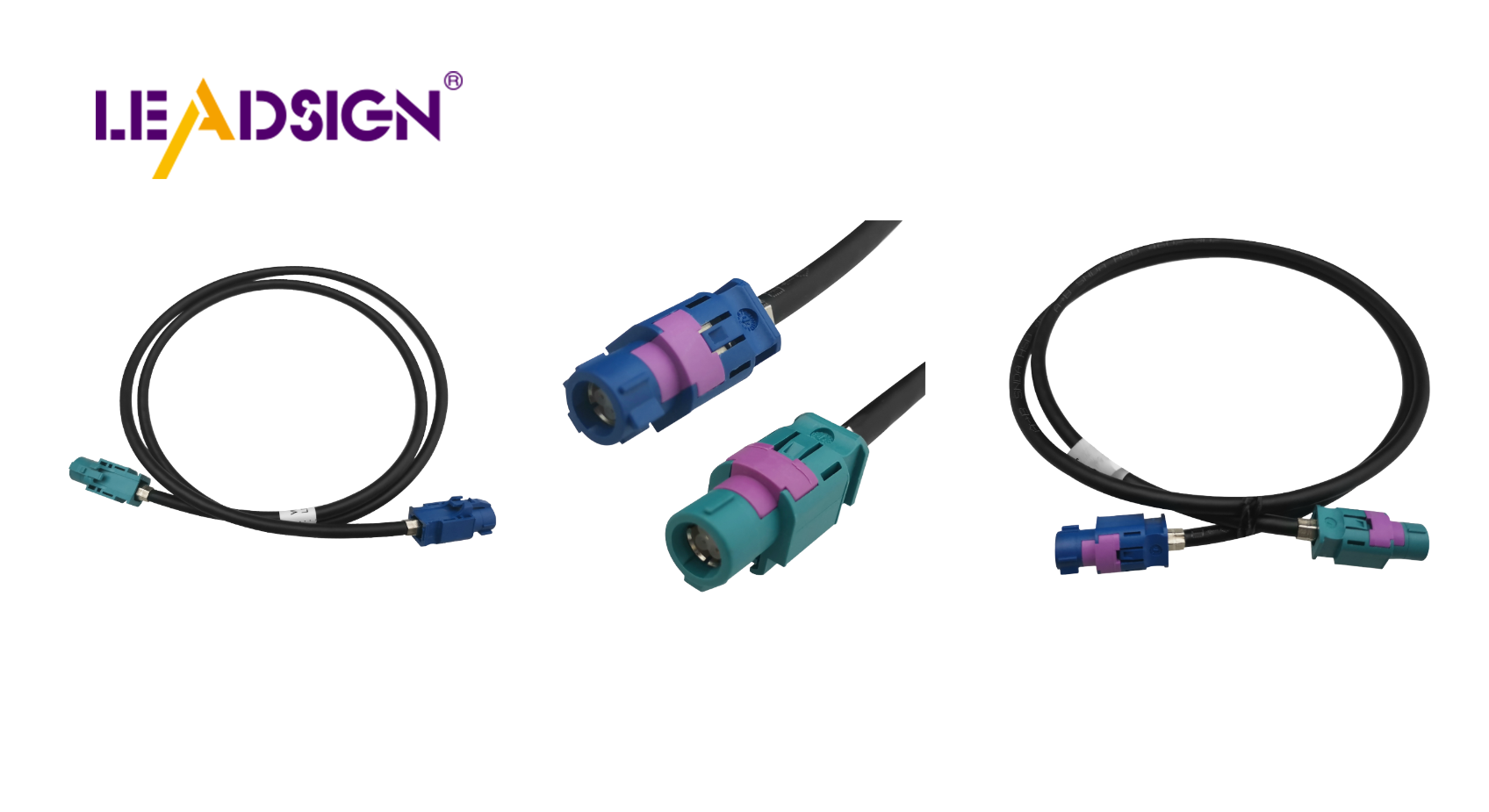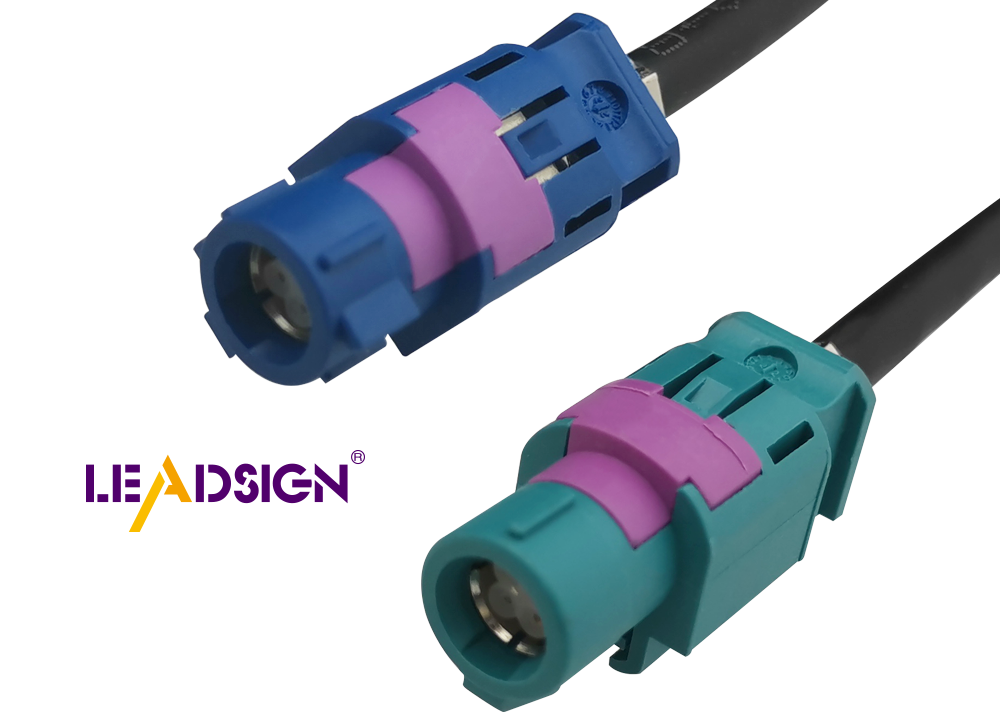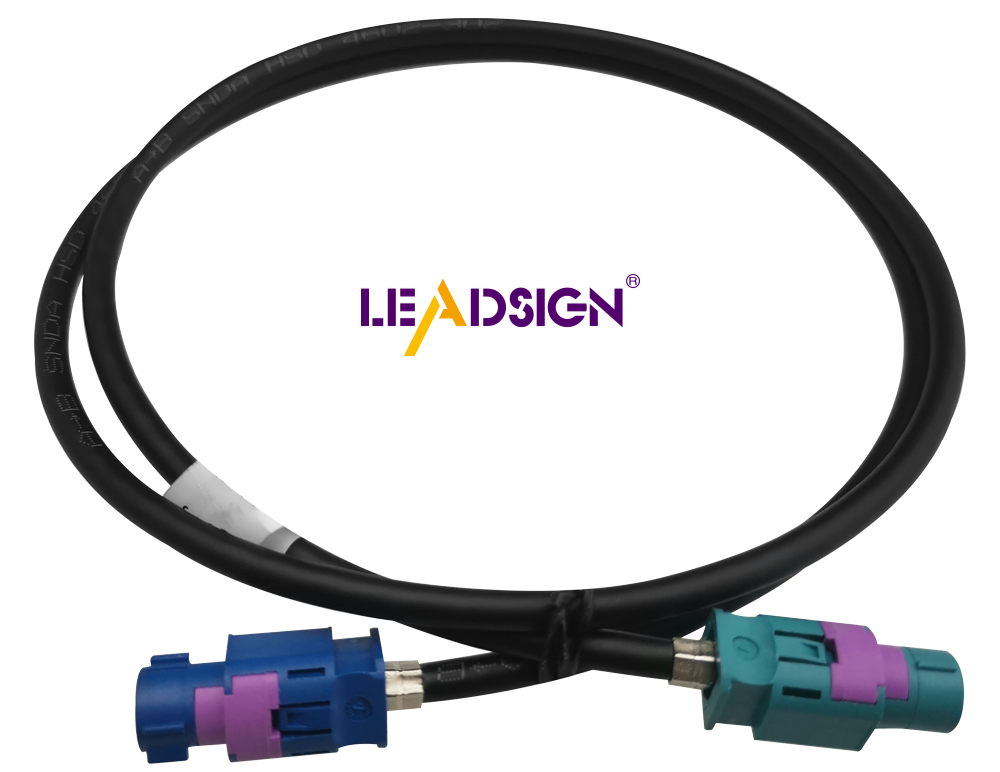Car Wire Connector Types You Should Know

Understanding automotive electrical connectors types is crucial for vehicles. These connectors ensure efficient electricity flow, which is essential for vehicle safety and performance. Poor electrical contact accounts for approximately 45% of connector issues, highlighting the importance of selecting the right connector and maintaining it properly. Various types of automotive electrical connectors help prevent these problems. By familiarizing themselves with these types, individuals can enhance their knowledge and contribute to vehicle safety.
Common Automotive Electrical Connectors Types

Knowing different automotive electrical connectors types is important for vehicle wiring. These connectors help electrical systems work well and safely. Let's look at some common connector types used in cars.
Butt Connectors
Features and Uses
Butt connectors join two wires permanently. They are tube-shaped and make a strong link. These are often used in car wiring because they last long and stay connected even when shaken.
Installation Tips
To put in butt connectors, strip wire ends before putting them in. Make sure wires go all the way into the connector and crimp tightly. Use a good crimping tool for a strong hold. Check by pulling wires gently to see if they stay put.
Bullet Connectors
Features and Uses
Bullet connectors, or bullet terminals, have male and female parts that snap together. This makes a reliable connection that's easy to take apart. They are great for car wiring, boats, and electronics needing vibration-proof links.
Installation Tips
For bullet connectors, strip wire ends first, then insert into male or female parts. Crimp tightly with a tool. Ensure both parts fit snugly together for safety. Check these connections often to keep them tight and rust-free.
Spade Connectors
Features and Uses
Spade connectors have flat fork shapes, making quick connections easy. Used in panels, home gadgets, and car wiring, they attach easily where frequent changes happen.
Installation Tips
With spade connectors, strip wire ends then insert into the barrel part of the connector. Crimp firmly for security. Their flat shape fits small spaces well. Always align spades properly to avoid loose links.
By knowing these common automotive electrical connector types, people can choose wisely when working on car wiring. Correct installation keeps car systems safe and efficient.
Ring Connectors
Features and Uses
Ring connectors are important in car electrical systems. They have a round end that fits tightly over a bolt or stud for a strong connection. These are used when a lasting and dependable link is needed. In cars, they often connect wires to battery ends or grounding spots. Their design helps them handle shaking and tough conditions, making them great for cars.
Ring connectors come in different sizes to fit various wire thicknesses and bolt sizes. This makes them useful for many things besides cars, like home devices and big machines. They are built strong to keep connections firm even under pressure, which is key for keeping electrical systems working well.
Installation Tips
To install ring connectors right, follow these steps:
Strip the Wire: Take off the plastic from the wire's end. Make sure the bare wire matches the connector's barrel length.
Insert the Wire: Put the bare wire into the ring connector's barrel. Ensure all wire strands are inside to avoid loose links.
Crimp the Connector: Use a crimping tool to squeeze the barrel around the wire firmly. This stops slipping and keeps good electricity flow.
Secure the Connection: Place it over a bolt or stud and tighten with a nut so it doesn't move.
Inspect the Connection: Check if it's tight by gently pulling on it; it shouldn't budge.
Knowing about ring connectors helps people choose wisely when dealing with car electrical parts. Correct setup keeps systems safe and working well, lowering failure chances and boosting car performance.
Specialty Automotive Electrical Connectors Types

Special connectors are important for cars. They help make strong connections in tough places. These connectors can handle bad weather or be unplugged quickly. Let's learn about Weatherproof Connectors and Quick Disconnects.
Weatherproof Connectors
Features and Uses
Weatherproof connectors keep water and dirt out of car parts. They have seals to stop leaks, making them great for outside lights and engines. These connectors stay strong even in rough conditions.
Installation Tips
To put in weatherproof connectors:
Prepare the Wires: Cut wire ends neatly.
Insert the Wires: Push wires into the connector tightly.
Seal the Connection: Cover with seals to block gaps.
Secure the Connector: Lock it so it stays connected.
Test the Connection: Pull gently to check if it's secure.
Doing this right keeps connections safe from weather.
Quick Disconnects
Features and Uses
Quick disconnects are easy to use when you need to connect or disconnect often. Just push or pull them apart without tools. They're used a lot in car systems that need fixing often.
Installation Tips
For quick disconnects:
Select the Right Size: Match size with wires.
Prepare the Wires: Trim wire ends neatly.
Attach the Connectors: Crimp wires into place firmly.
Test the Connection: Make sure they connect easily.
Inspect Regularly: Check for damage often.
Using these special connectors helps cars work better and safer by keeping electrical parts reliable and easy to fix when needed.
Picking the Right Connector
Choosing the right connector for car wiring is very important. It helps keep cars safe and working well. Different things affect this choice, and knowing them can help avoid mistakes.
Things to Think About
Wire Size Match
It's important to pick a connector that fits the wire size. The wire size shows how thick it is, which affects how much electricity it can carry. Using a connector that matches the wire size keeps it connected well and stops overheating. For example, butt connectors join wires permanently and fit certain sizes. Always check the wire size before picking a connector.
Weather Conditions
Weather matters when picking connectors. In wet or dirty places, weatherproof connectors are best. They have seals to stop dirt and water from getting in, good for outside lights or engines. But, quick disconnects work well where you need to connect and disconnect often without tools.
Mistakes to Avoid
Wrong Size
A common mistake is using connectors that don't fit the wire right. Wrong sizing can make connections loose, risking electrical problems. Always measure the wire and pick a snug-fitting connector like bullet connectors, which work well if sized right.
Bad Installation
Bad installation can weaken connections. Make sure wires are stripped correctly and fully inserted into connectors. Use crimping tools for tight connections; don't use makeshift ones as they might not hold well enough. Check connections regularly for wear or damage in busy areas.
By thinking about these points and avoiding mistakes, people can choose better car electrical connectors. This helps keep cars safe and working properly.
Knowing different car wire connectors is important for safety and efficiency. Picking the right connector helps electricity flow well and stay strong, especially when it fits the wire size. Strong connectors handle tough conditions and keep working well. People should learn more about car wiring to know better. This way, they can help make cars safer and more reliable.
See Also
An In-Depth Look at Fakra Connectors: Fundamentals and Uses
Navigating Ford Fakra Connectors
Exploring Fakra Male Connectors in Depth

